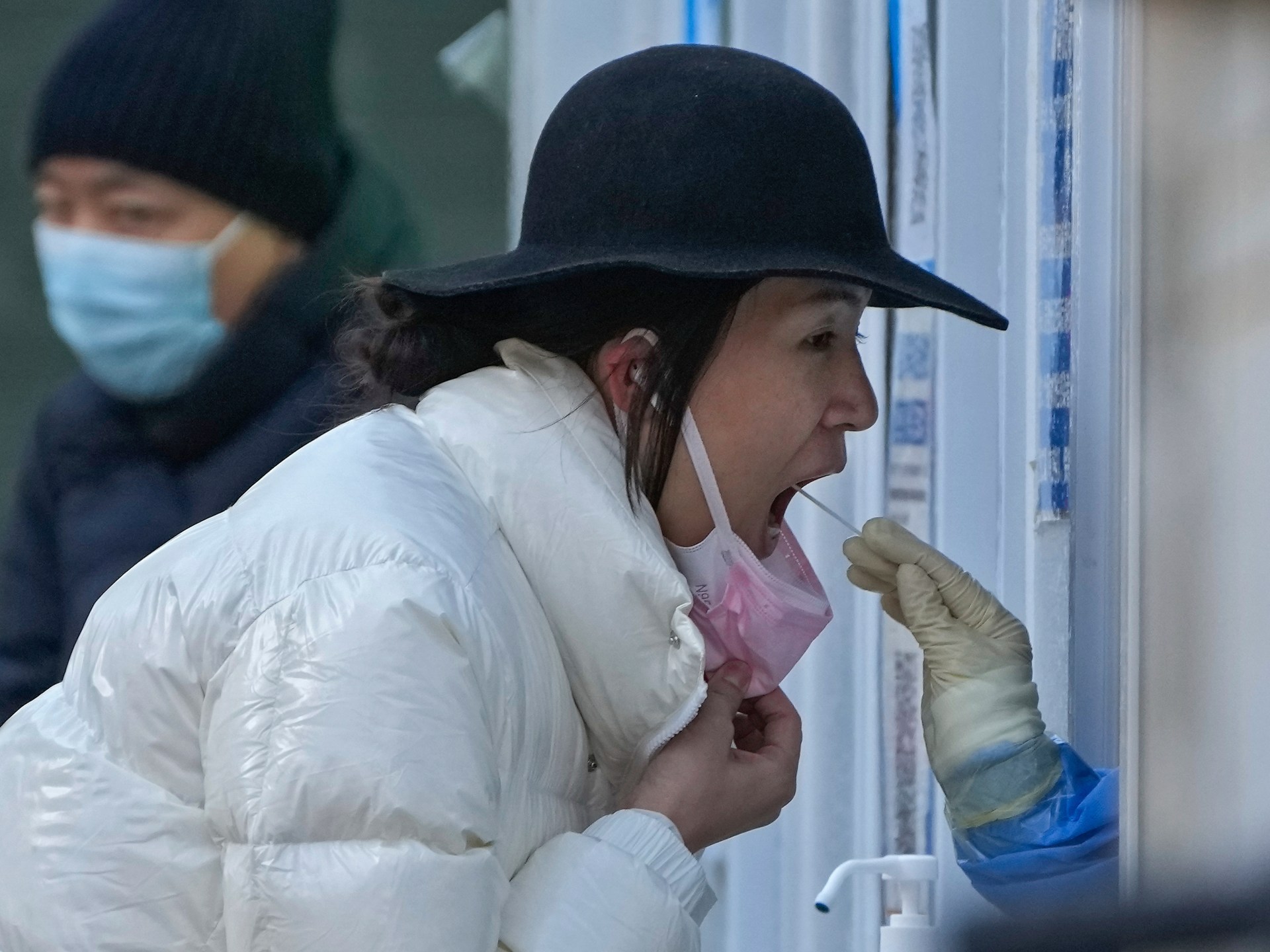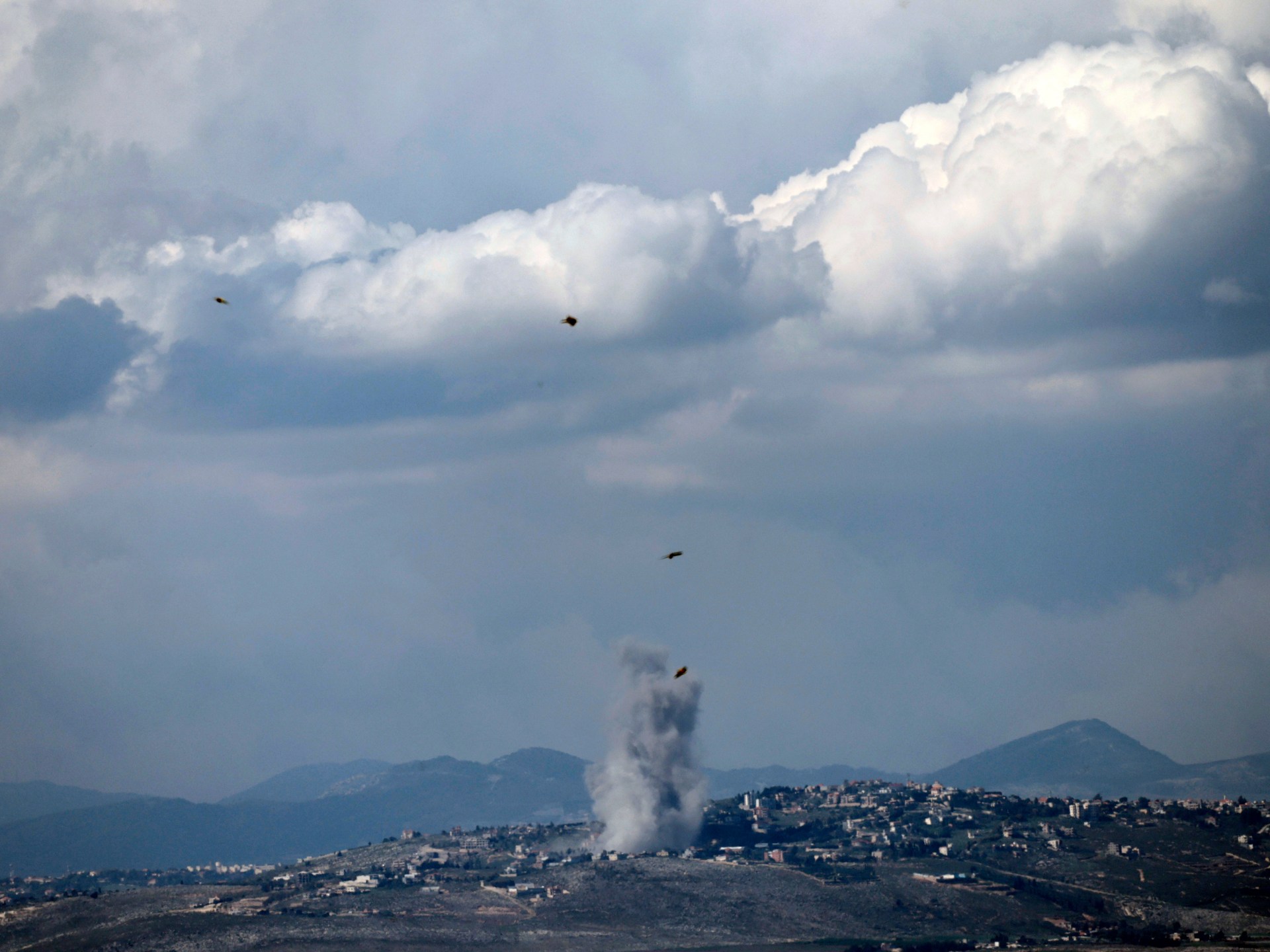Hostages freed amid deadly energy company protests in Colombia
Colombian President Gustavo Petro has announced on Twitter that his ministers successfully negotiated the release of 88 hostages taken during a deadly protest against the oil company Emerald Energy.
“Thanks to the efforts of the ministers of Defense and the Interior, all police members and oil officials retained in San Vicente del Caguán, Caquetá, have been released,” Petro wrote on Friday.
In a video released to the media, Petro also appealed to the protesters, many of whom hail from Indigenous and rural communities, vowing to “dialogue” with them “about their needs, their complaints, their claims”.
“This a government for dialogue, a government that belongs to them,” Petro said in the video.
A total of 88 people had been held captive as part of the protests, which demanded that Emerald Energy provide infrastructure investments and compensation for environmental damage to the surrounding community.
Nine of the initial hostages were oil company employees. The other 79 were police officers.
In addition, two people were killed in the demonstrations: a civilian struck by gunfire and a police officer identified as 39-year-old Ricardo Arley Monroy.
The protests, which began on Thursday, shut down access to an oil field, and video appeared to show demonstrators setting fire to company property.
On Friday, government officials including Minister of Defence Iván Velásquez and Interior Minister Alfonso Prada travelled to San Vicente del Caguán, a municipality in the Colombian Amazon, to meet with protesters.
But in the lead-up to negotiations, Prada announced that a full government dialogue could only occur with the “immediate release” of the captured police officers and the six workers still in custody by Friday morning.
Protesters have called on Emerald Energy to repave roads and improve facilities like schools in the largely rural area surrounding the oil fields.
A spokesperson for the communities involved in the protest told Al Jazeera earlier on Friday that an estimated 4,000 people, from farming and Indigenous communities, had taken part in the protests.
The spokesperson also denied reports that armed groups had infiltrated the demonstrations, calling the rumours an attempt to delegitimise the protesters’ demands.
Prada, the Interior minister, seemed to address those concerns in a statement to local media on Friday.
“We are very careful not to stigmatise or allow the stigmatisation of the peasant social movement in Colombia,” he told journalists. “But we are not foolish enough to think that there can be no factors of disruption that intend to use social mobilisation for their own particular illegal interests.”
Petro is considered the first left-wing president in Colombia’s history, following his inauguration last August, and his government has approached the country’s nearly six-decade-long internal conflict with a policy of dialogue and negotiations, with the aim of achieving “total peace”.
Recently, his administration has resumed talks with the National Liberation Army (ELN), the largest remaining guerrilla group in the country.
But the protests in San Vicente del Caguán renewed criticism from conservatives that Petro has not taken an aggressive enough approach to end lawlessness.
On Friday, far-right Senator María Fernanda Cabal denounced Petro’s government on Twitter for showing “indifference” to the families of police officers held hostage by not taking stronger action.
In his video statement on Friday, Petro offered condolences to those harmed in the demonstrations. He also condemned the “violent actions” taken during the protests, calling them counterproductive.
“What they do is destroy the possibility, not only of having a popular, progressive government, but of having paths of peace,” Petro said.




